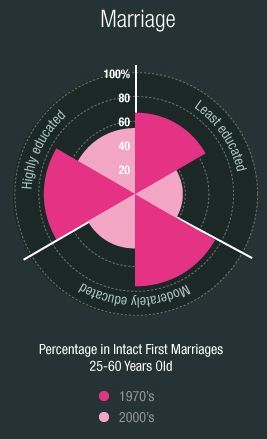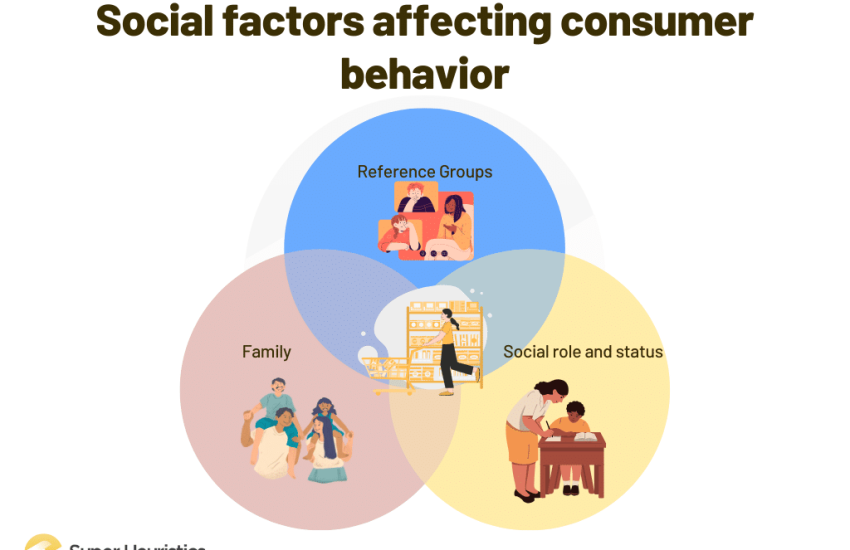How Marriage Trends Reflect Social Changes
In today’s rapidly changing society, marriage trends are shifting in response to various social changes. From evolving gender roles to technological advancements, the institution of marriage is adapting to reflect the values and priorities of modern couples. Let’s delve into how these trends are shaping the landscape of matrimony in the tech-driven world.
The Decline of Traditional Gender Roles
Gone are the days when marriage was primarily based on traditional gender roles, with men as the breadwinners and women as homemakers. Today, couples are increasingly seeking partnerships based on equality and shared responsibilities. This shift is reflected in the rise of dual-income households and a more balanced division of labor within marriages. With both partners often working full-time jobs, the dynamics of marriage have evolved to accommodate this new reality.
Changing Views on Marriage and Commitment
Alongside shifting gender roles, attitudes towards marriage and commitment have also evolved. Many millennials and Gen Z individuals are prioritizing personal growth, career advancement, and individual fulfillment over traditional notions of settling down. As a result, marriage rates have been on the decline in recent years, with more couples choosing to cohabit or remain single. This shift reflects a broader trend towards valuing independence and personal freedom in relationships.
Technology’s Impact on Relationships
In the age of smartphones and social media, technology has become an integral part of modern relationships. From online dating apps to virtual communication tools, technology has revolutionized the way people meet, connect, and maintain relationships. This has not only changed how couples form relationships but also how they navigate challenges and conflicts in their marriages. As technology continues to shape the way we interact with one another, marriage trends are likely to be influenced by these digital advancements.
The Rise of Non-Traditional Family Structures
With changing views on marriage and commitment, non-traditional family structures are becoming more common. From blended families to co-parenting arrangements, people are redefining what it means to create a family unit. This shift reflects a more inclusive and diverse approach to relationships, and marriage trends are following suit. As society becomes more accepting of different family structures, the institution of marriage is adapting to accommodate these changes.
Conclusion
Marriage trends are a reflection of the broader social changes taking place in today’s world. From the decline of traditional gender roles to the impact of technology on relationships, these trends are shaping the way couples approach marriage and commitment. As society continues to evolve, so too will the institution of marriage, adapting to meet the needs and values of modern couples. By understanding how these trends are interconnected, we can gain insight into the ever-changing landscape of matrimony in the tech-driven world.
By embracing these changes and adapting to new norms, couples can create meaningful and fulfilling relationships in the modern era.


